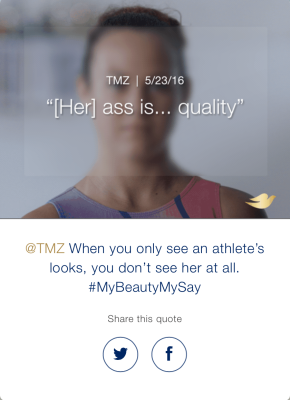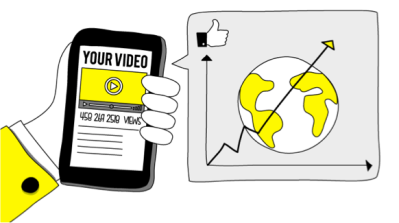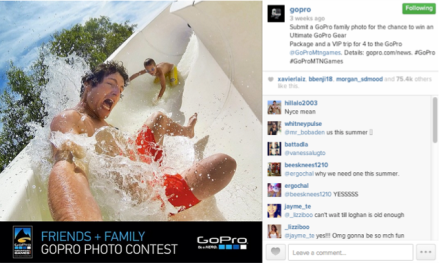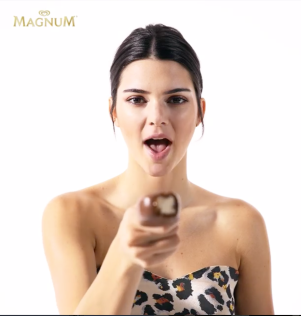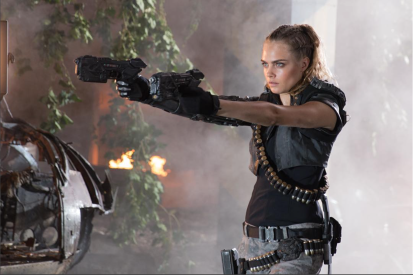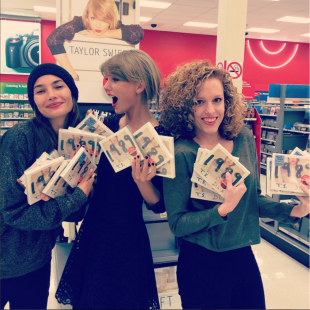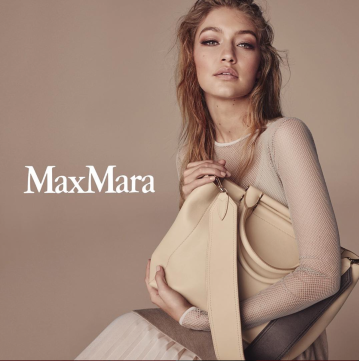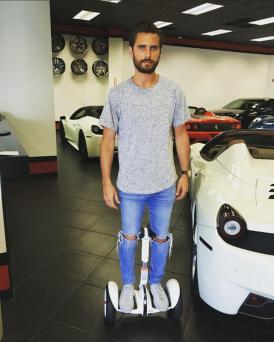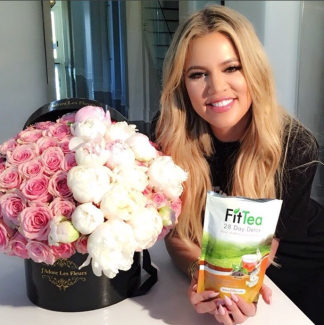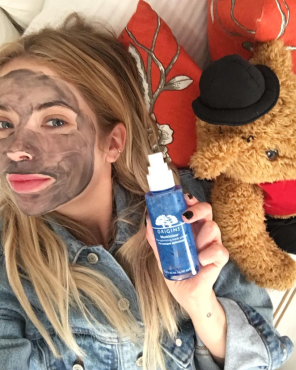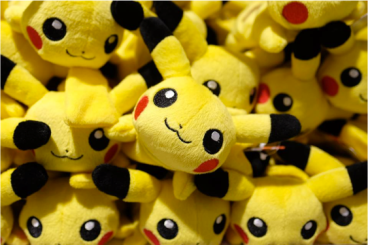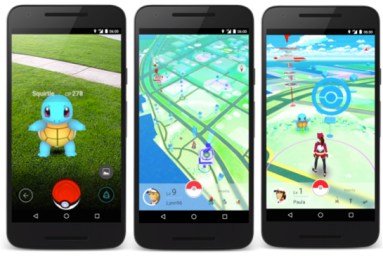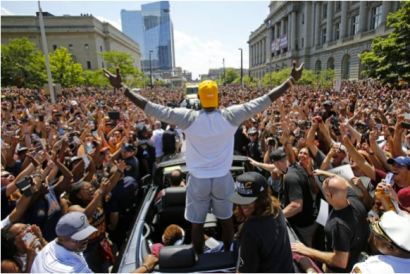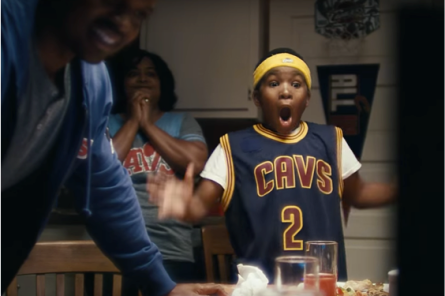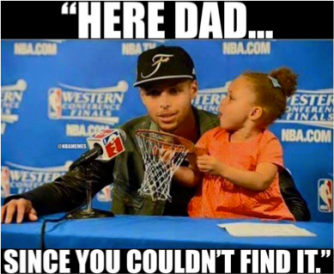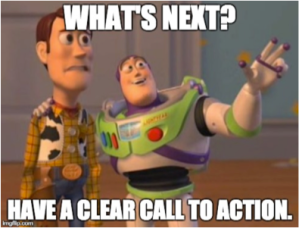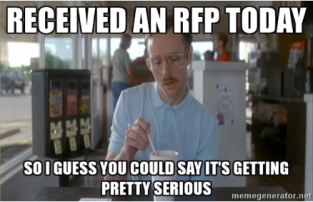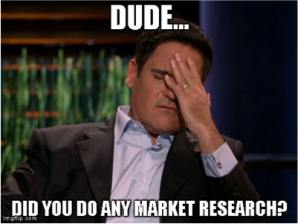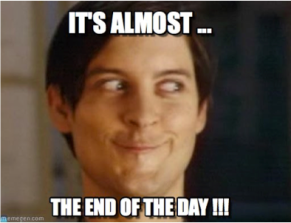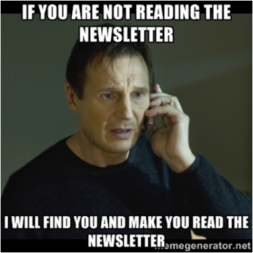
The opening ceremony of the 2016 Rio Summer Olympics is tonight, but advertisements for the 16-day worldwide competition started many months ago. Every brand, especially the sponsors, is striving to make an impact to one of TV’s largest audiences.
The Olympics is very similar to the Super Bowl because advertisers have a huge TV audience, which drives competition for brand exposure with expensive TV spots. The games dominate primetime for 16 consecutive nights, and brands have to be in the Olympics if they want to reach their consumers in the third quarter. However, advertising to a worldwide audience comes at a very high price. For example, NBC has surpassed $1 billion in national advertising including broadcast, cable and digital sales.
The 2012 London Olympics had a reach of 3.6 billion, and the Rio Olympics are expected to draw an even larger audience with cable, live streaming and even virtual reality programming. Now, you can feel like you are at the games with 360° storytelling without buying an expensive plane ticket (or contracting the Zika virus).
Of all the advertisements that are constantly flooding our screens, the Olympics have some of the most passionate, inspiring and powerful ads that I have ever seen. Each athlete has a personal story of failure and triumph that can easily be tied to a brand to make an emotional impact. These messages, whether funny or serious, resonate with us beyond the worldwide competition.
Below are my three favorite advertisements from the 2016 Rio Olympics.
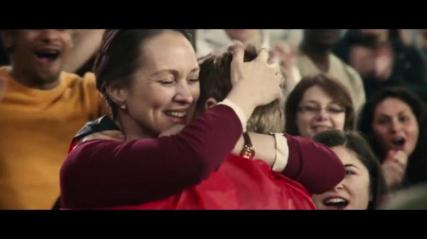
This ad is one of the most emotionally relatable commercials that I have ever seen simply because moms are the best. I can’t watch this ad without tearing up because it’s obvious most moms do ANYTHING to help their child achieve their dream. The tagline “It takes someone strong to make someone strong” is powerful and resonates with viewers in a relatable way because moms have been our rock all along.
United “One Journey. Two Teams”
This commercial is more amusing than anything as we all can relate to running through the airport to catch a plane. At least these Olympians make it look graceful while performing their own stunts. I loved how creative the ad was at showing the athletes’ talents to catch a flight in time. The 60-second spot promotes United as the official airline of Team USA for the 2016 Olympics.
This commercial hits close to home for me, as I have friends from South Sudan because of my involvement with The Lost Boys of Sudan. They are the kindest people on the planet and they’re finally getting a well-deserved first appearance in the Olympic games. Samsung created a compelling commercial about how much joy the 19-year old runner, Margret Rumat Rumar Hassan, is bringing to the newly independent country. How inspiring is that?
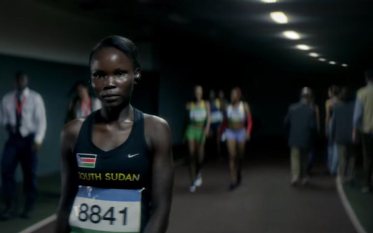
All in all, it’s an exciting time of the year for sports fans and advertising enthusiasts, like me. I am most looking forward to for the 2016 Olympics are the commercials (and Kyrie Irving, of course, representing The Land all the way in Rio). While everyone else will be fast-forwarding through commercials, I’ll be paying special attention to those that inspire and impact me like the ones above.
